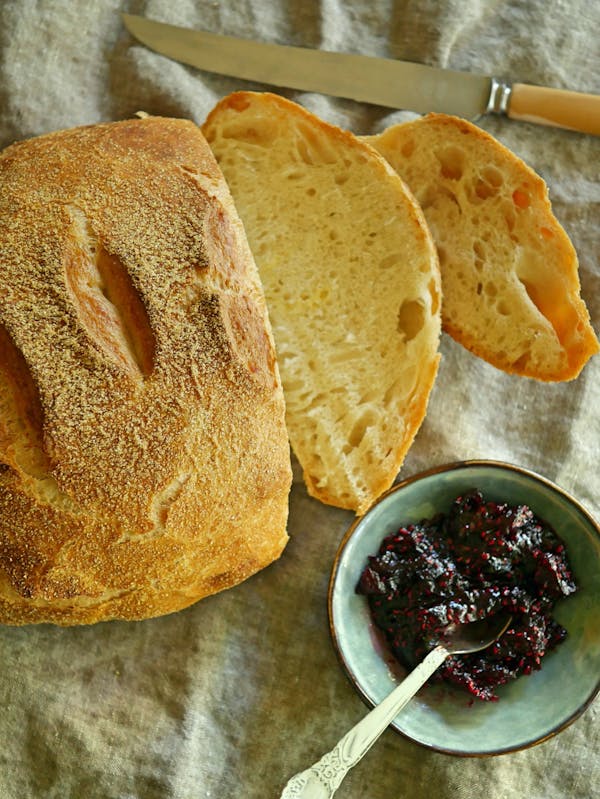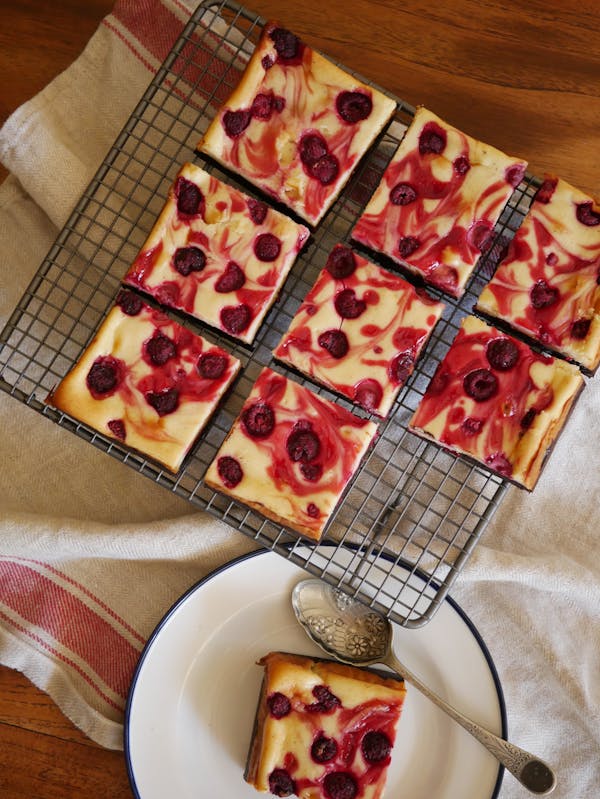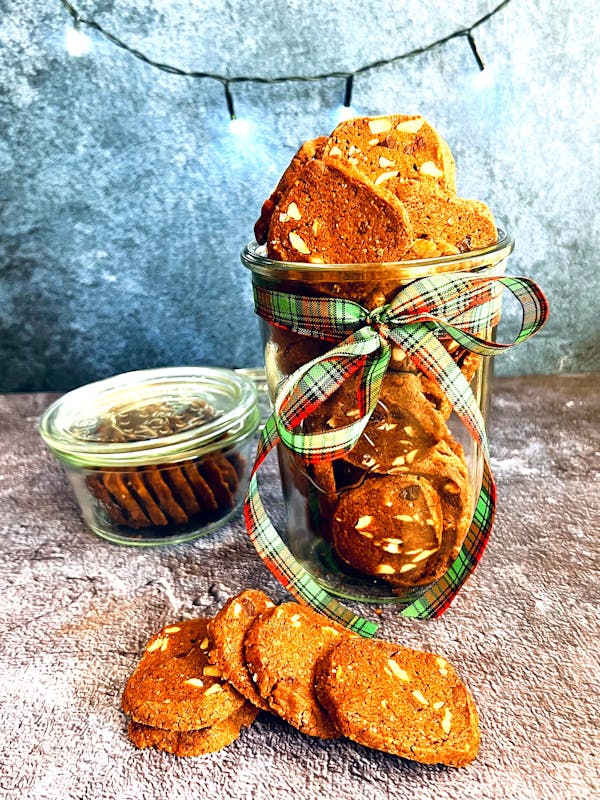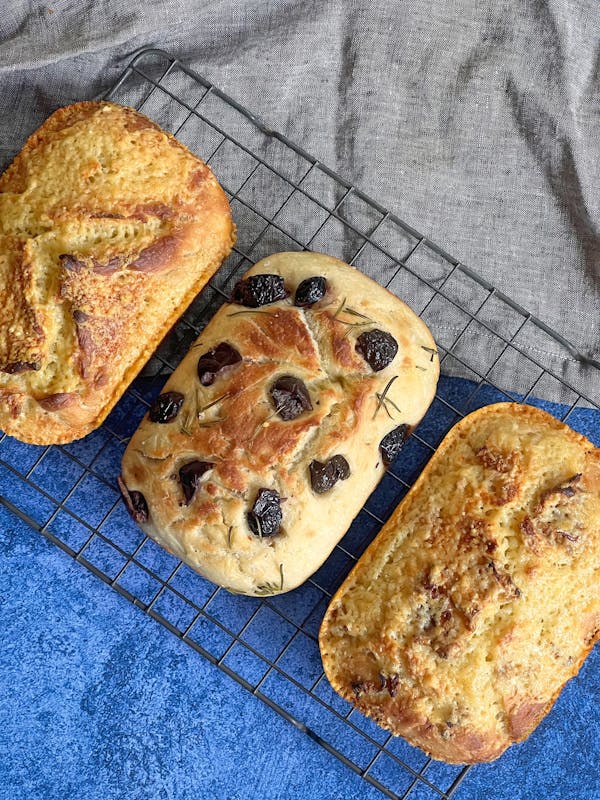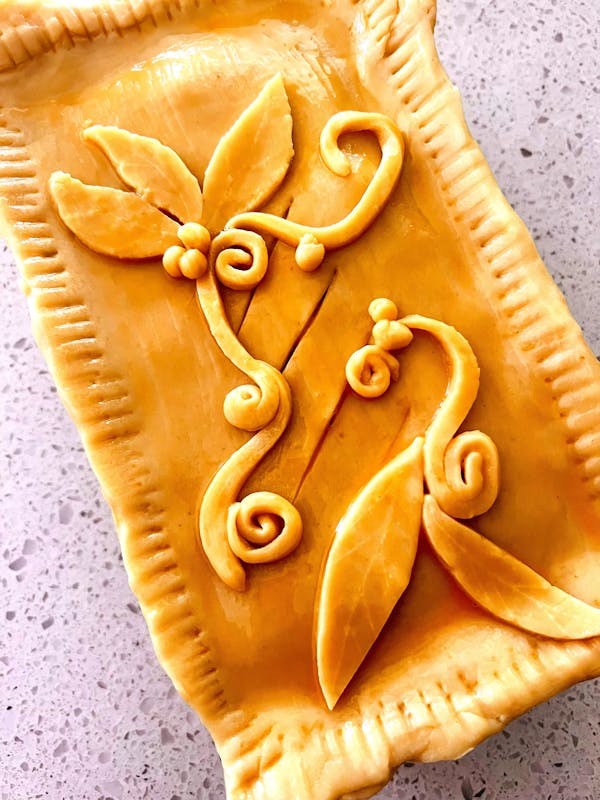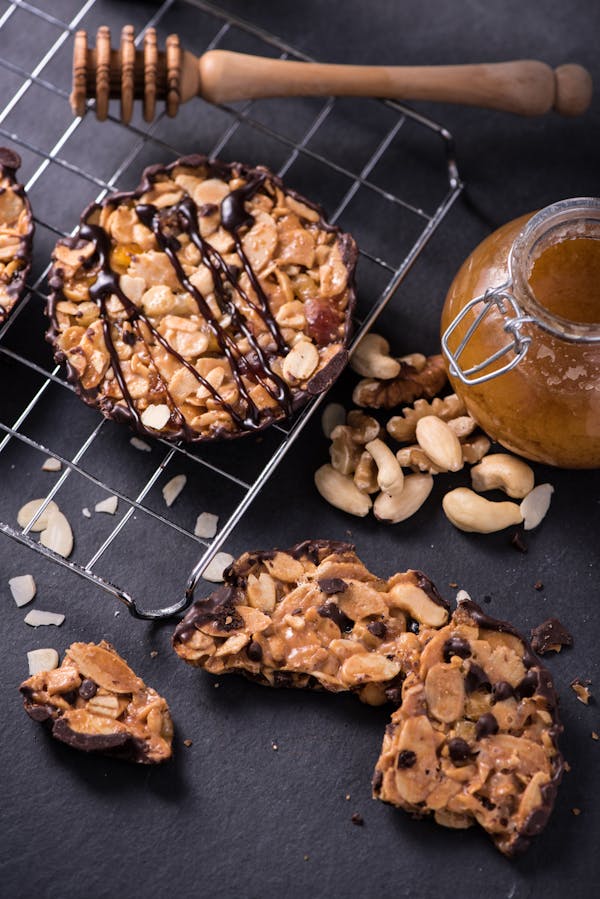I know there is a lot of sourdough going on out there! I am part of that movement too, but I thought it would be interesting to see if I could get a gorgeous rustic loaf, with less fiddle and more flavour and chew than just a normal everyday yeast risen bread. This is the result of some trial and error. You don't need any special equipment which was something I was going for as well. I have found that this recipe is very forgiving.
I make it frequently, and even though I am also doing a lot of sourdough, I come back to this one for quickness...despite the overnight bit! The folding technique will need to be in a video, and that will be coming soon in The Lazy Sourdough Bakery course.
There are a couple of things I do recommend; a Dutch oven with a well fitting lid is an essential if you want that rustic crust. They are readily available across the country at Kitchen Warehouse stores or online.
Join me for the Lazy Sourdough Bakery Course soon, this is just a taster of what you can expect. We are launching it very soon, please Join our mailing list so you don't miss out.
If you enjoyed this recipe, we invite you to come join our FREE TRIAL on the Insider Club to have extra Thermomixery each and every month! #recipesthatwork #youcandoit
Are you on Instagram, Facebook, Pinterest? Never miss another thing in the test kitchen when you follow us.
Please join our mailing list HERE to have recipe updates delivered to your inbox weekly and don't forget we are on YouTube.
Our newest course, (FREE to Insiders) Shelf Control helps you sort out your pantry and fridge!
We have an amazing Lazy Sourdough Bakery course available to do at your own pace online.
Our delicious frosty course, The Whole Scoop Ice Cream course is churning now!
Need
-
The Poolish (Pre-ferment)
- 150 Grams filtered water
- 1/4 Teaspoon dried yeast
- 150 Grams bakers or strong flour
-
The Loaf
- 280 Grams filtered water
- 2 Grams dried yeast
- All the pre-ferment
- 350 Grams bakers or strong flour
- 50 Grams whole wheat flour
- 10 Grams Fine grind salt
- polenta for dusting or coating
Do
- 1
Give yourself a minimum of 4 hours to let the poolish or pre-ferment do its thing. This is entirely for flavour and texture.
- 2
To make the poolish, combine all ingredients in a jar or jug and give it a good stir with a silicone spatula. Make sure all flour is wet and well combined. Cover loosely and allow to rise at room temperature for 4-6 hours until very active and bubbly. Seasons will determine how long this takes.
- 3
Ideally when you are ready to make the loaf it will be in the evening before you are going to bed. You need at least 90 minutes to make the dough! So put on a good show and set a timer for the folds.
- 4
Place all the loaf ingredients and all of the poolish into a large wide rimmed bowl. Stir well, using your hand. You don't need to be too fussy at any stage. Just make sure the flour is completely wet. Cover and leave for 30 minutes.
- 5
Using a wet hand, stir the dough with a pinching action. Pull it up and over on itself as much as it will allow. The gluten is just starting to be activated at this stage, so don't expect too much.
- 6
Repeat this process (with minimum 30 minutes in between) two more times. By the end of the 3rd mix you should have a pretty good ball of dough. Cover and leave on the bench over night.
- 7
It will be ready to form into a boule or other shaped loaf in the morning. Don't plan this for a day when you are running out the door first thing. You do need to have a little time up your sleeve.
- 8
Tip the dough out onto a well floured bench. Dust your hands with plenty of flour and pull and fold the dough on top of itself, trying to trap air into the centre of the loaf. Do this until you have a good round shape. Transfer, tidy side down into either a well floured (using the polenta) proofing basket or a basin you have lined with a linen tea towel, also well coated with polenta. Cover loosely and allow to prove until it has risen enough so you notice the difference. It doesn't need to be doubled in size but needs to have a more cohesive look to the texture.
- 9
Meanwhile, heat a Dutch oven with a lid in an oven set to as hot as you can get it. My oven goes to 275°C and that is the temperature I preheat on.
- 10
When the dough is risen enough, remove the Dutch oven from the oven, dust it liberally with more polenta, and upturn the loaf into the Dutch oven, being extremely careful as it is VERY hot. If you are not crazy (or confident) enough to do this by hand, use a piece of baking paper and transfer the dough on the paper into the preheated Dutch oven.
- 11
Snip the top of the dough with scissors or with a lame if you have one. This is essential so the loaf can grow to its full size. Reduce the oven temperature to 260°C.
- 12
Place the lid on top of the Dutch oven and return to the oven for 20 minutes. Uncover and bake a further 20 minutes until a dark brown. Cool completely before cutting, if you can wait that long!

